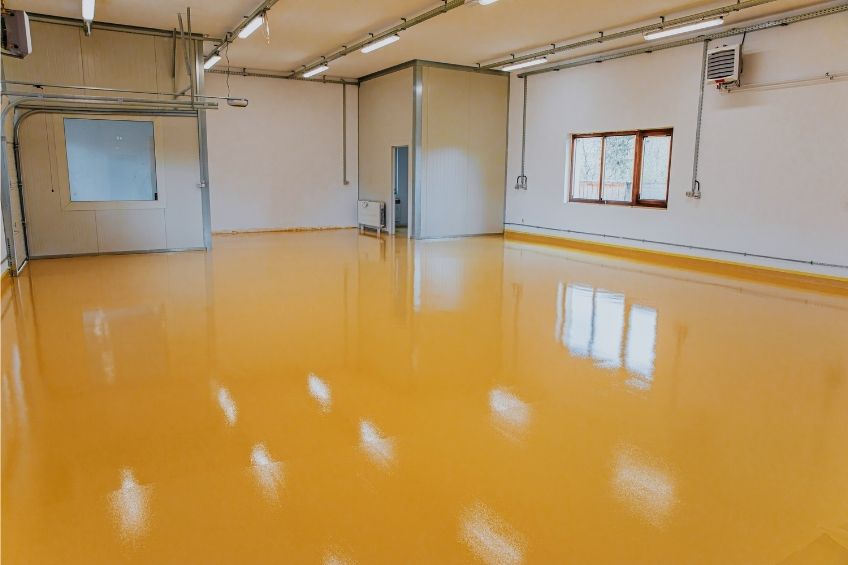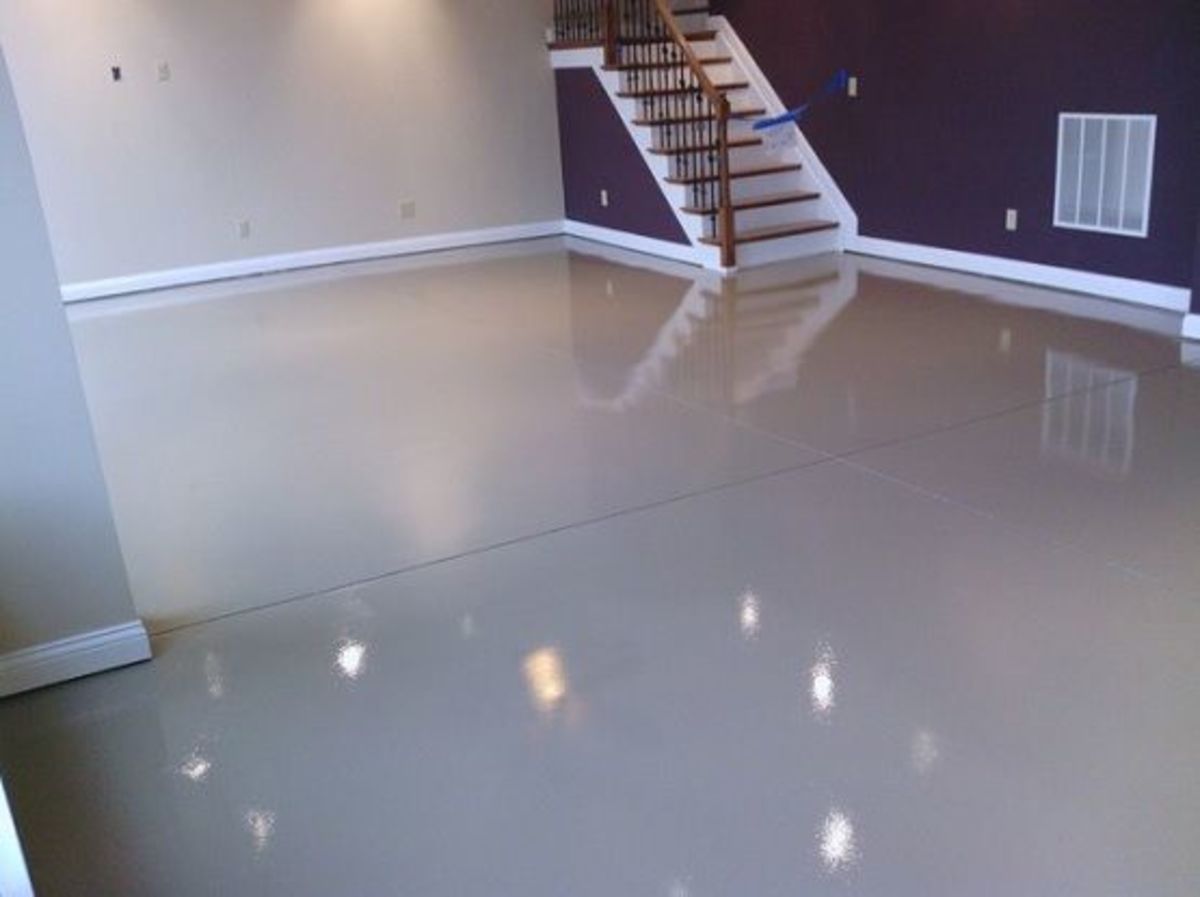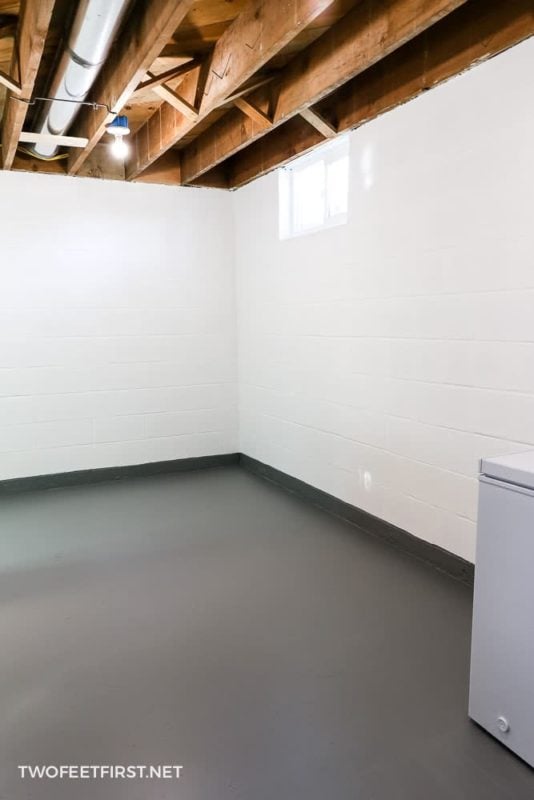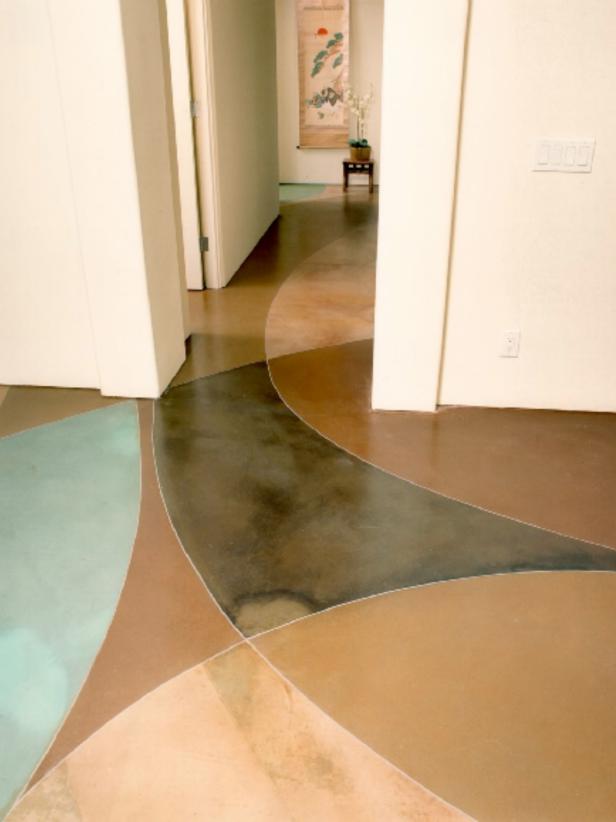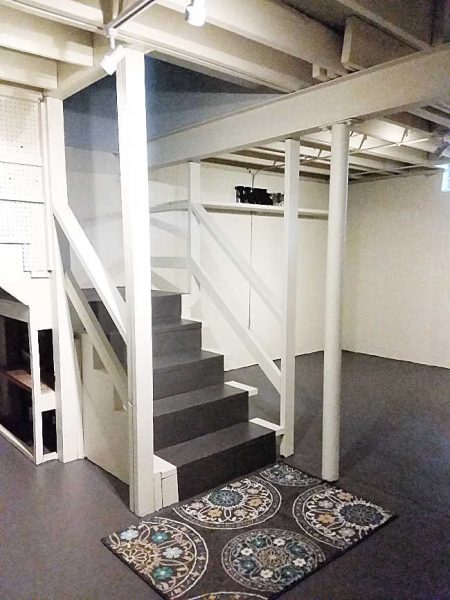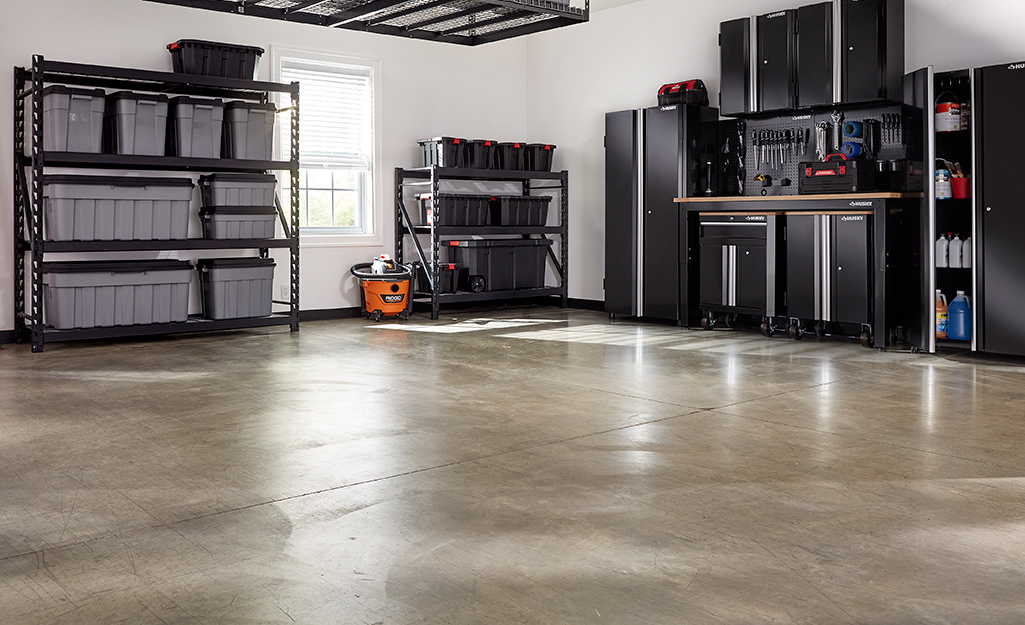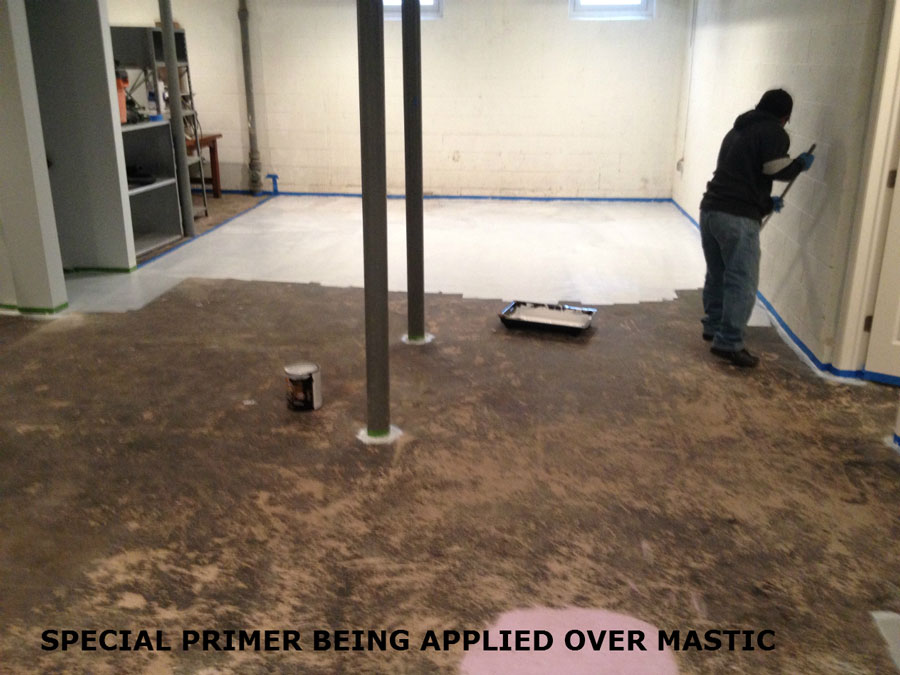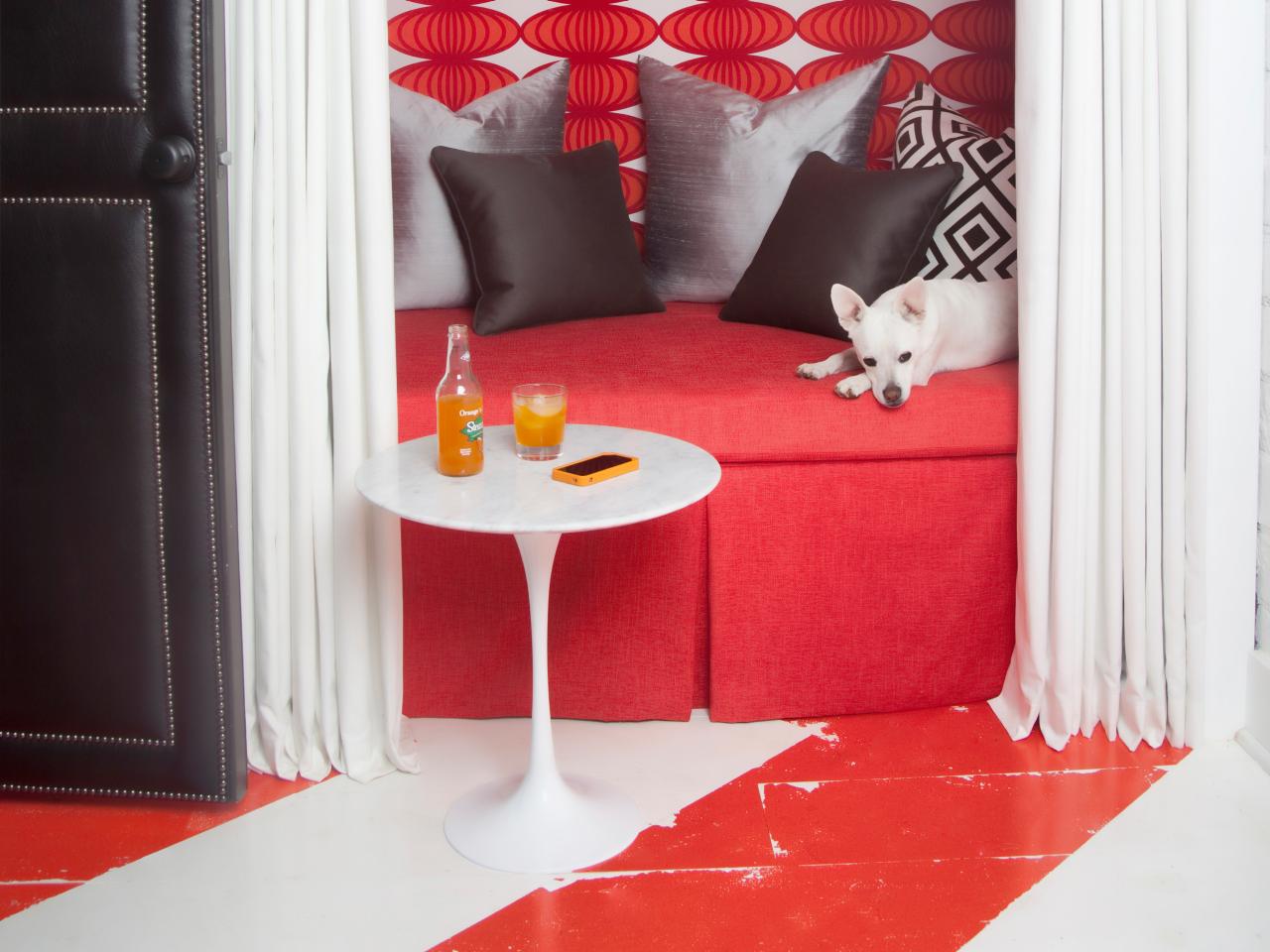Why Choose Paint for Basement Flooring?
When it comes to basement flooring, paint is often an overlooked option compared to traditional choices like tiles or carpet. However, painting a basement floor offers a range of benefits that make it a practical and stylish solution. Here’s why painting your basement floor might be the right choice for you.
- Affordability and Cost-Effectiveness
Painting a basement floor is one of the most affordable ways to enhance its appearance and functionality. Basement flooring paint is generally less expensive than other flooring materials, making it ideal for homeowners on a budget who still want a clean, polished look. - Easy Application and DIY-Friendly
Unlike installing tile or laminate, painting a basement floor is a straightforward process that many homeowners can do themselves. With basic preparation and painting skills, you can achieve a professional look without hiring a contractor, saving on labor costs. - Moisture Resistance with Specialized Paints
Many basement-specific floor paints are formulated to resist moisture, a crucial feature in basements prone to dampness. Epoxy and concrete paints, for instance, create a water-resistant barrier that prevents moisture from seeping up, helping reduce issues like mold and mildew. - Customizable Aesthetics
With paint, you have endless color options and can even incorporate patterns or decorative effects like stenciling to add character to your basement. This customization allows you to tailor the floor’s appearance to match the room’s overall design, transforming a plain concrete floor into a unique feature. - Durability and Longevity
High-quality floor paint, particularly epoxy-based varieties, offers excellent durability and resistance to wear, making it a long-lasting choice. This durability is especially valuable in basements, which often serve as storage areas, workshops, or recreational spaces with heavy foot traffic. - Ease of Maintenance
Painted basement floors are easy to clean and maintain. With a protective top coat, the floor can resist stains and damage from spills, dust, and debris. Regular sweeping and occasional mopping is usually all that’s needed to keep a painted basement floor looking great.
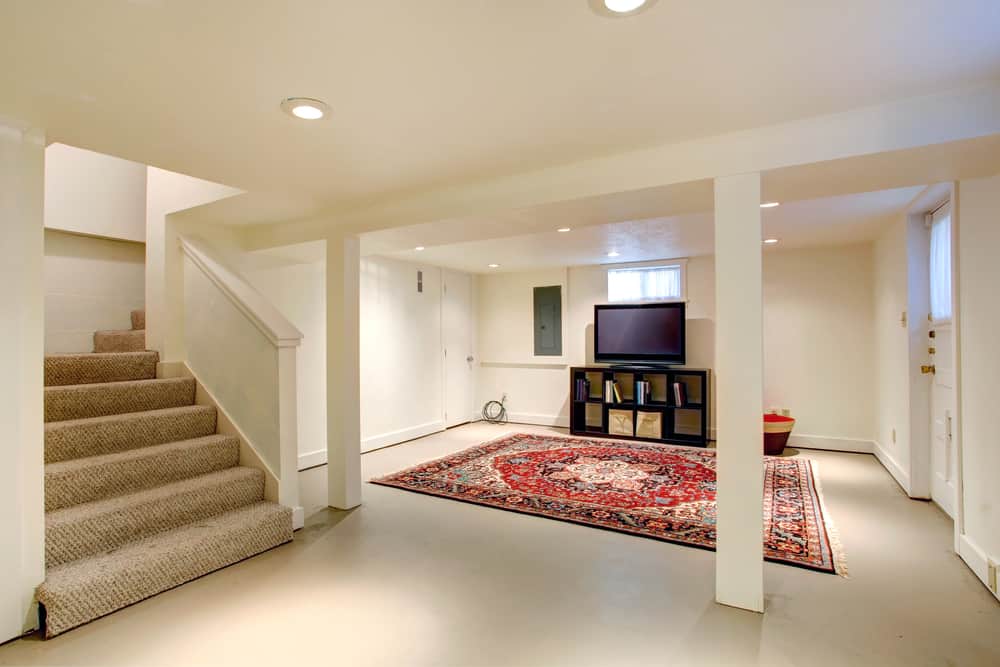
Preparing Your Basement Floor for a Flawless Paint Finish
Proper preparation is essential for achieving a smooth, long-lasting finish on your painted basement floor. A few key steps will ensure that the paint adheres well and that the result is durable and visually appealing. Here’s how to prepare your basement floor effectively.
Clear and Clean the Area
Start by removing all items from the basement floor, including furniture, storage boxes, and any obstructions. Once the area is clear, sweep and vacuum the floor to eliminate dirt, dust, and debris, which can interfere with paint adhesion.
Inspect for Cracks and Damage
Concrete floors often have cracks, chips, or uneven surfaces that need attention. Inspect the floor for any damage and use a concrete patching compound to fill in cracks or holes. This step ensures a smooth surface that will allow the paint to cover evenly.
Degrease the Floor to Remove Stains
Basements may accumulate grease or oil stains, especially if used as a workshop or storage space. Use a degreasing cleaner to scrub the floor, removing any oily residue that could prevent the paint from adhering. Rinse thoroughly and allow the floor to dry.
Etch the Concrete for Better Adhesion
Concrete is a porous material, and etching helps the paint penetrate and adhere to the surface. Use a concrete etching solution, applying it as directed on the label. This step slightly roughens the floor, creating a textured surface that holds paint better.
Seal the Floor Against Moisture
If your basement has a history of moisture issues, consider applying a concrete sealer before painting. A moisture-sealing primer or base coat can prevent moisture from seeping up through the floor, protecting the paint from bubbling or peeling over time.
Allow the Floor to Dry Completely
Before moving on to painting, it’s essential to let the floor dry completely. Depending on the climate and ventilation, this could take a day or more. Any remaining moisture could interfere with the paint’s ability to adhere to the surface.
Selecting the Right Type of Paint for Basement Floors
Choosing the right type of paint is critical to the longevity and appearance of your basement floor. Various options are available, each with specific benefits suited to different needs. Here’s a look at the top paint choices for basement flooring and how to select the best one.
Epoxy Paint for Durability and Moisture Resistance
Epoxy paint is popular for basement floors due to its extreme durability and moisture-resistant properties. This type of paint creates a hard, glossy finish that stands up to heavy foot traffic and resists stains, scratches, and moisture effectively.
Acrylic Concrete Paint for Ease of Application
Acrylic paint, specifically designed for concrete floors, offers a more affordable and user-friendly option. While it’s not as durable as epoxy, it’s easier to apply and dries quickly. This type of paint works well for low-traffic basements that need a budget-friendly solution.
Polyurethane Paint for Added Protection
Polyurethane paint is another option that provides a durable, glossy finish with excellent resistance to chemicals, abrasions, and water. It’s often applied over an epoxy base for additional protection, giving basement floors a robust, long-lasting finish.
Choosing the Right Finish: Glossy vs. Matte
When selecting paint, consider whether you prefer a glossy or matte finish. Glossy finishes reflect light, brightening up darker basements and making them feel more inviting. Matte finishes, on the other hand, provide a more subdued look and can help mask imperfections.
Looking for Mold and Mildew Resistant Paints
Given that basements are prone to dampness, choosing a mold- and mildew-resistant paint is wise. Many epoxy and concrete paints include these additives, preventing mold growth and enhancing the floor’s durability in humid environments.
Consulting Product Labels and Reviews
Before purchasing, review product labels and online reviews to understand each paint’s strengths and potential drawbacks. Look for paints labeled specifically for concrete or basement use, as these are formulated to meet the unique demands of basement flooring.
Step-by-Step Guide to Painting Your Basement Floor
Painting a basement floor requires a series of methodical steps to achieve a professional-looking finish. Following these instructions will help ensure the paint adheres well and remains durable. Here’s a step-by-step guide to painting your basement floor.
Prime the Floor for Optimal Adhesion
After preparing the floor, apply a primer designed for concrete surfaces. Priming helps the paint stick better and enhances the floor’s durability. Use a roller for even application, and allow the primer to dry fully before moving to the next step.
Mix the Paint Thoroughly
To ensure even color and consistency, thoroughly mix the paint before application. If using epoxy, combine the resin and hardener as directed. Use a paint stick to stir and ensure any colorant or additive is evenly distributed throughout.
Start with the Edges Using a Brush
Use a brush to cut in along the edges of the floor, covering areas near walls and corners that a roller might not reach. This step ensures you get an even coat across the entire surface and prevents uneven edges.
Roll on the Paint in Thin Layers
Once the edges are covered, use a roller to apply the paint in thin, even layers across the floor. Rolling in one direction and keeping the application thin helps prevent bubbling and ensures a smooth, uniform finish.
Apply a Second Coat for Depth and Durability
Most basement floors benefit from a second coat of paint. Allow the first coat to dry completely, then apply a second layer. A second coat deepens the color and provides additional protection, enhancing the floor’s durability.
Allow Ample Drying Time Before Use
After applying the final coat, let the floor dry for the recommended period, often 24 to 48 hours. Avoid placing heavy objects on the floor or walking on it until it’s fully cured to avoid damaging the finish.
Tips for Maintaining a Painted Basement Floor
Once your basement floor is painted, proper maintenance is essential to keep it looking fresh and damage-free. With regular care, a painted floor can last many years. Here are some helpful tips for maintaining your newly painted basement floor.
Sweep Regularly to Avoid Scratches
Dirt and debris can scratch painted surfaces over time. Regularly sweep or vacuum the floor to prevent abrasive particles from dulling or damaging the finish. A soft-bristle broom or vacuum with a hard floor setting is ideal for this task.
Clean Spills Promptly to Prevent Staining
While painted floors are generally resistant to stains, certain substances can still cause discoloration. Clean up any spills immediately using a damp cloth to prevent the paint from absorbing stains, especially with water-based acrylic paints.
Use Mild Cleaning Solutions
Harsh chemicals can degrade paint over time, leading to a dull or discolored appearance. Use mild, pH-neutral cleaning solutions or water and a soft mop for routine cleaning. Avoid bleach, ammonia, and acidic cleaners to protect the paint’s integrity.
Reapply a Sealer Every Few Years
If you use a sealer over the paint, it’s beneficial to reapply it every few years. The sealer adds an extra layer of protection, helping preserve the color and sheen while protecting the paint from wear and tear.
Place Rugs in High-Traffic Areas
Rugs or mats in frequently walked-on areas can help prevent paint from wearing down over time. Consider placing mats at entry points or areas where heavy items might be stored, especially in high-traffic zones.
Inspect for Damage and Touch Up as Needed
Inspect the floor regularly for any chips, cracks, or wear. Small areas can be touched up with a paintbrush or roller, allowing you to keep the floor looking fresh without needing to repaint the entire surface.
Common Mistakes to Avoid
While painting your basement floor is a manageable DIY project, several common mistakes can result in a subpar finish. Avoiding these errors will ensure the project’s success and provide a long-lasting result.
Skipping the Preparation Steps
One of the biggest mistakes is failing to adequately prepare the floor. Without proper cleaning, etching, and priming, the paint may not adhere properly, leading to peeling or uneven coverage.
Using the Wrong Paint Type
Using regular wall paint or outdoor paints on basement floors can result in poor durability and moisture resistance. Always select paints specifically formulated for concrete or basement use to ensure the best performance.
Applying Too Thick of a Coat
It may be tempting to apply a thick coat of paint to cover the floor quickly, but this can lead to bubbling, uneven texture, or prolonged drying times. Instead, apply thin, even coats for better adhesion and a smoother finish.
Not Allowing Adequate Drying Time
Rushing the drying process is another common mistake. If the floor isn’t fully dry before the next coat is applied, it can result in streaks, smudging, or a rough finish. Follow the recommended drying times between coats and after the final layer.
Not Using a Primer
Skipping the primer can cause the paint to peel or crack prematurely, especially in a basement prone to humidity. Primer ensures better adhesion and creates a smooth, even base for the paint.
Neglecting to Apply a Protective Sealer
A sealer is essential to protect the paint from wear and moisture over time. Skipping this step can lead to quicker deterioration of the paint job, especially in high-traffic areas or basements with damp conditions.
Ingenious Painted Flooring Ideas for an Unfinished Basement
home improvement Alarm Clock Wars Painting basement floors
Types of Paints and Stains for Concrete Floors
Basement Floor Epoxy Coating Kits
Perfect Basement Concrete Floor Paint Color Ideas Basement
Basement Floor Paint Options
Related Posts:
